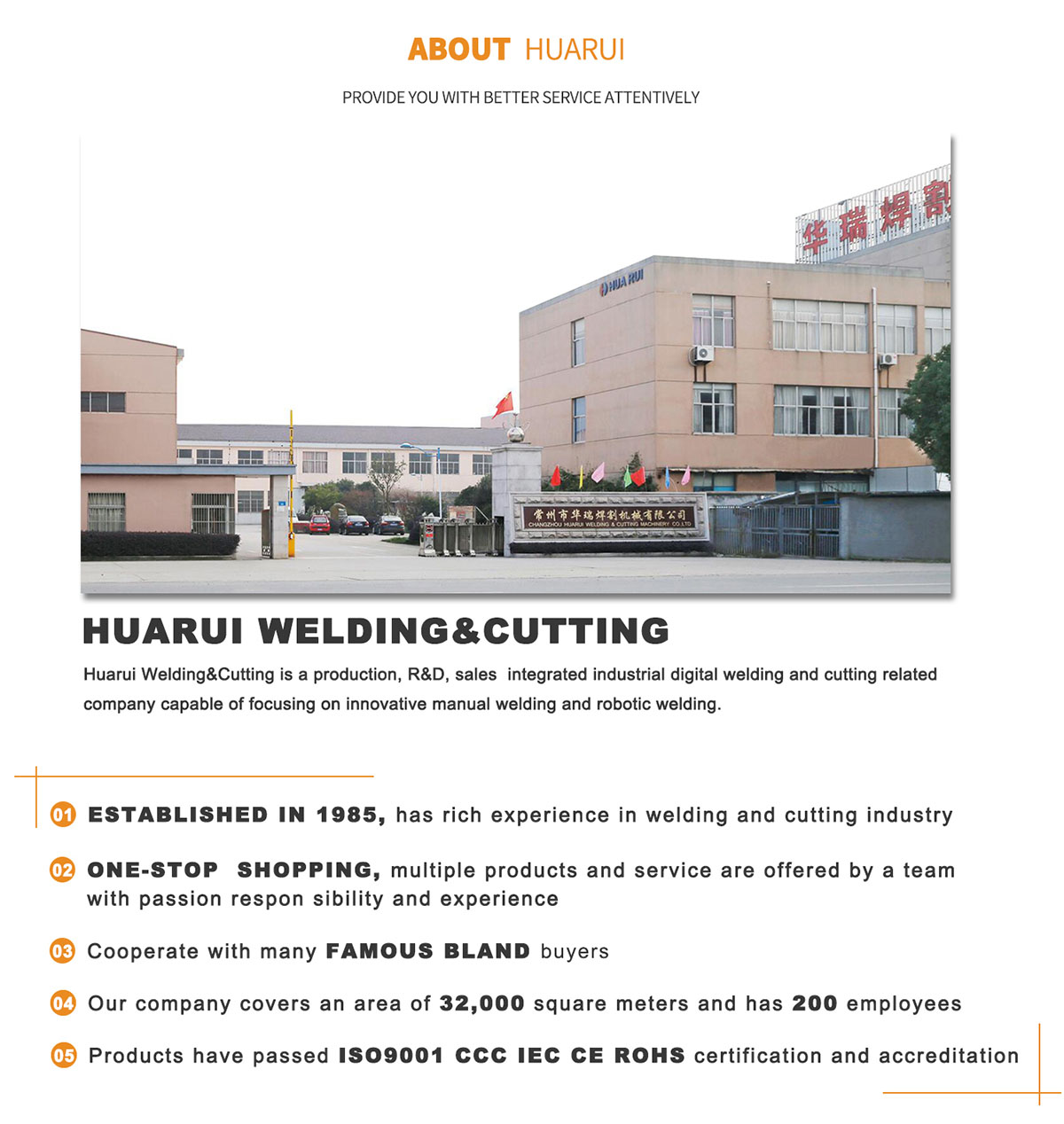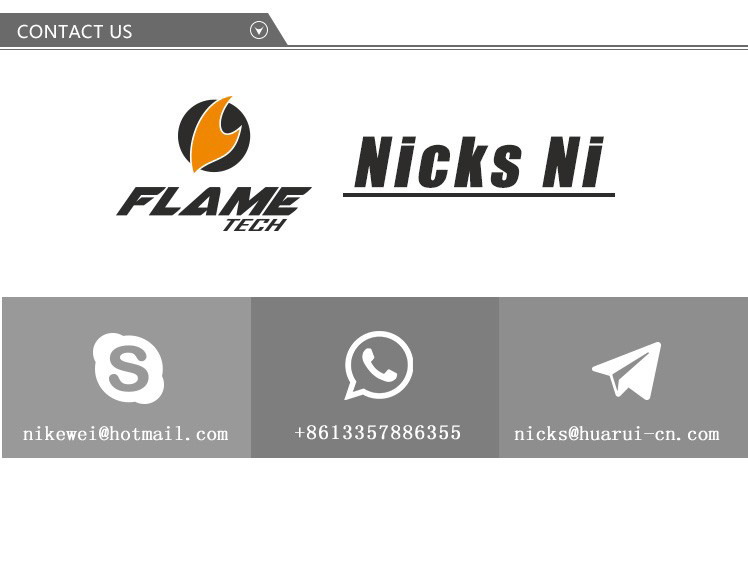- Welcome To Changzhou Huarui Welding & Cutting Machinery Co., Ltd.!
- About Huarui | Inquiry Form | Contact Us |
 中文
中文
 中文
中文Welding of low carbon steel and low alloy steel
Low carbon steel and low alloy steel belong to ordinary ferritic steel, and the welding between them and the welding between low alloy steel of different materials belongs to the welding of the same heterogeneous steel. The welding between such steels is done according to the low-grade material, which refers to the material with low strength level or alloying element content, to ensure that the weld metal performance meets the low-grade material. The selection of low-grade materials also has better welding performance than high-grade materials, and the price is cheaper, which is conducive to reducing manufacturing costs.
Welding of low alloy and medium alloy steels
Because of the discontinuity of the chemical composition of the weld, the discontinuity of the performance will be produced. If this discontinuity has a greater impact on the performance of the service, the welding material can not be selected according to the low-grade principle.
For example, SA213-T91 and SA213-T22 material welding, if according to the usual low-grade principle, the selection of 2.25Cr-1MO welding material for welding, then the T91 base metal near the fusion line on the T91 side will be seriously carburized, resulting in a decarburized layer, and the weld near the fusion line on the T91 side will be seriously decarburized, resulting in a decarburized layer. This is because the chromium content of T91 is about 9%, and the carbon content of 2.25Cr-1Mo welding wire is about 2.25%. Then, after annealing treatment, the chromium content of the heat affected zone on the T91 side is far greater than that on the weld side, and a large amount of carbon will shift to the base material to produce a carburized layer, resulting in increased hardness, more hardened organization, and serious decarburization on the weld side. The hardness is low, the structure softens, and the joint performance deteriorates. If the 9Cr-1Mo welding material is selected, the weld carburization and decarburization of the base material will occur on the side of the T22 fusion line.
Welding material selection of dissimilar steel welding
For welding of carbon steel, low alloy steel and austenitic stainless steel, welding materials should be selected according to the working temperature of the joint and the stress condition of the joint.
When the working temperature of such dissimilar steel joints under bearing pressure is below 315 ° C, austenitic stainless steel welding materials with high Cr and Ni alloy content can be selected. According to the chemical composition of carbon steel (alloy steel) and austenitic steel and the size of the fusion ratio of welding, austenitic stainless steel welding materials with appropriate Cr and Ni content are selected according to a certain nickel equivalent and chromium equivalent microstructure diagram to avoid a large number of martensitic tissues in the weld. Of course, a narrow martensitic band will be produced near the fusion line of carbon steel or low alloy steel. By reducing the carbon content of the welding material, the martensitic structure is low carbon martensitic with good plasticity, and the joint can also ensure good performance.
When bearing and bearing dissimilar steel joints work at temperatures above 315 ° C, nickel-based welding materials should be selected. For example, ECrNiFe 2,ERCrNiFe 3, etc., the main reasons are as follows.
If the ordinary austenitic stainless steel welding material is selected, the following problems will occur:
a) Due to the large difference in the coefficient of thermal expansion between ferrite and austenite, thermal stress and thermal fatigue damage will occur when running at high temperatures.
b) Due to the large difference in alloying element content, welding joints working at high temperatures will produce serious decarburization layer and carburization layer, which deteriorates the high temperature performance.
c) Due to the martensitic band organization near the fusion line, the local tissue of the weld is hardened.
The selection of nickel-based welding materials can avoid the above phenomenon, for the following reasons:
a) The coefficient of thermal expansion of nickel-based materials is between ferrite and austenite.
b) Nickel-based materials do not produce decarburization and carburization when welded joints.
c) Welding of nickel-based materials will not produce martensitic structure.
However, for non-load-bearing welded joints under high temperature work, the selection of nickel-based electrode can meet the performance requirements, but the manufacturing cost is expensive, and there is no need to use. The use of other inexpensive welding materials can also achieve the purpose.
A large number of experimental studies abroad have shown that for the non-bearing fillet welds of pipes and accessories in boiler manufacturing, when the pipes are carbon steel and low alloy steel materials, and the accessories are austenitic stainless steel, the welding materials should be selected according to the low grade materials.

HUARUI alibaba shop:
https://topwelding.en.alibaba.com
https://czhuarui.en.alibaba.com


 master@huarui-cn.com
master@huarui-cn.com 86-519-86371071
86-519-86371071 86-519-86371072
86-519-86371072
View More(Total0)Comment Lists